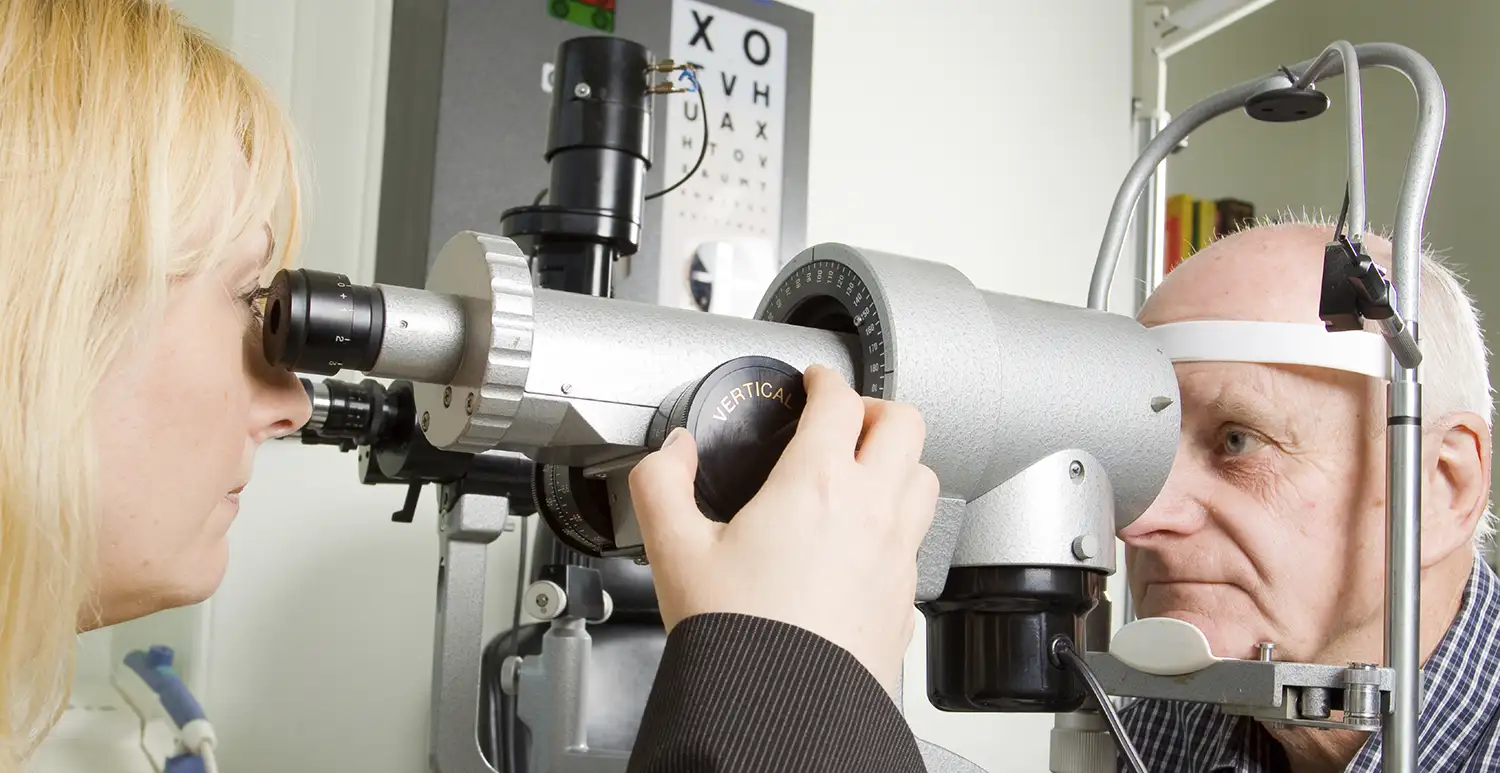As we come into cataract awareness month, it’s interesting to think about cataracts and a good chance to remind everybody that cataracts are a very fixable condition.
Cataracts can cause significant loss of vision. It’s the leading cause of blindness around the world and a simple 15-minute operation can make a huge difference. So with cataract awareness month, let’s think a bit about cataract surgery and where we’ve come since this started centuries ago
Cataract means that the natural lens inside the eye, instead of being clear has become opaque. So, instead of looking through a clear lens, you are looking through a lens that’s frosted. And of course, if that frosted lens is sitting inside the eye, it means that vision is blurred because instead of looking through a clear lens it’s like looking through frosted glass.
So it’s a significant condition. Surgery has two components to it. We remove the natural lens of the eye, which is the cataract, and replace that with an artificial lens. Cataract surgery should take around 15 minutes and it’s done with local anaesthetic. We’re going to make a tiny incision that requires no sutures – it’s keyhole surgery. We’re going to remove that lens from the eye, we’re going to emulsify it, and then remove it from the eye. We then replace it with an artificial lens. The artificial lens has focusing properties to give the ability to see without glasses for different tasks.
For example, if we use a full multifocal lens, it goes inside the eye into the space where the natural lenses have been removed. A multifocal lens will enable reading a book, intermediate vision for watching television, driving a car and distance vision. Sometimes we use an in-between type of lens designed to give good distance vision, and good vision for a computer screen, but maybe some reading glasses will still be required. This type of lens has certain benefits and advantages. The cataract surgery itself will take about 15 minutes and visual recovery is typically achieved by the next day.
It’s the artificial lens we implant that accounts for the vision that will be achieved. Today we’ll often use multifocal and extended range of focus lens implants as a standard of care because this gives patients far more independence from spectacles.
The problem with cataracts is that your vision gradually declines, it can be a very subtle change at the start and this gets worse and worse with time to the point where even driving can become difficult and in a very advanced cataract, of course people are technically blind.
It’s often done in older people but increasingly we’re seeing younger and younger people have cataract surgery for the benefits of better vision afterwards.
Cataract surgery can’t take vision back to what it was like when you were 20 but normally people say their vision is better than it’s been for many years, and importantly we can achieve vision that can be in focus so the need for glasses is often eliminated or significantly reduced.
Find out more about Cataract in older people and Cataract Surgery here.
or contact us to find out more, or to book an appointment, call 02 8080 2180 or email us

